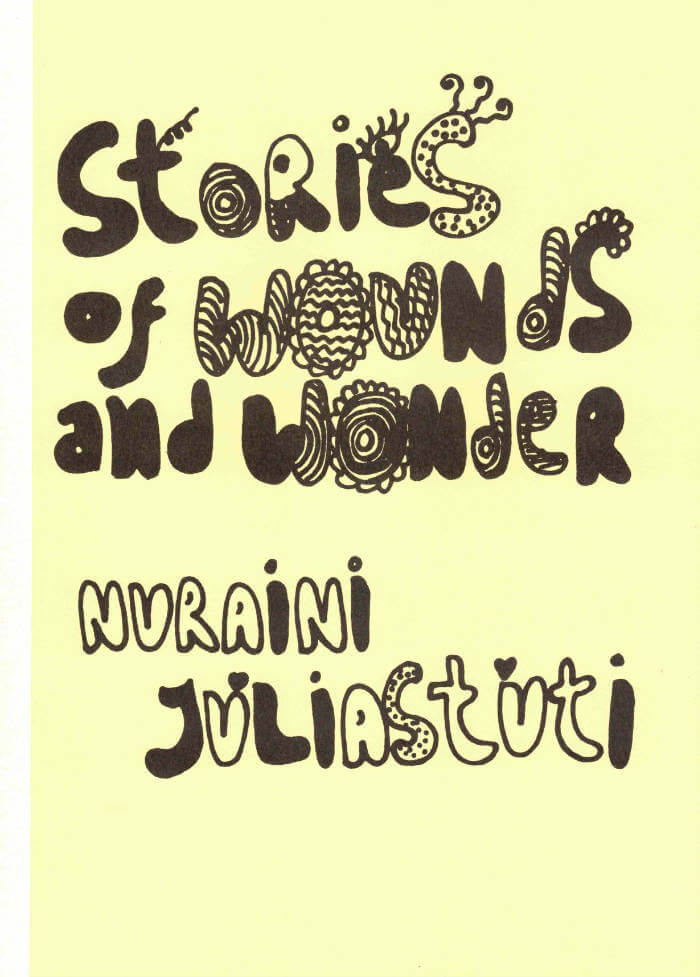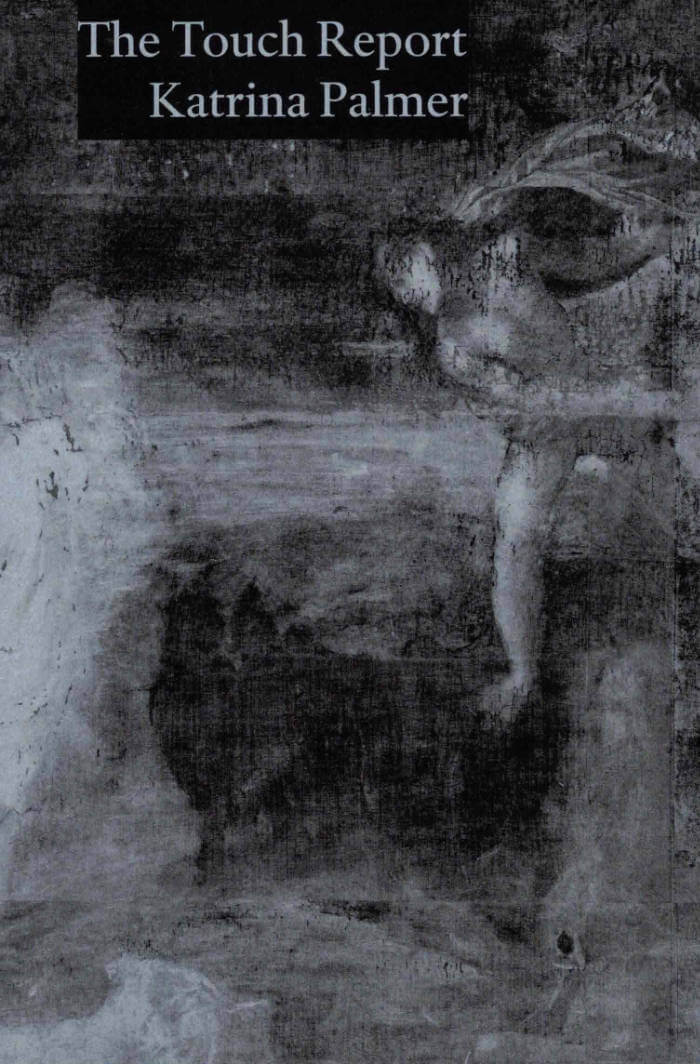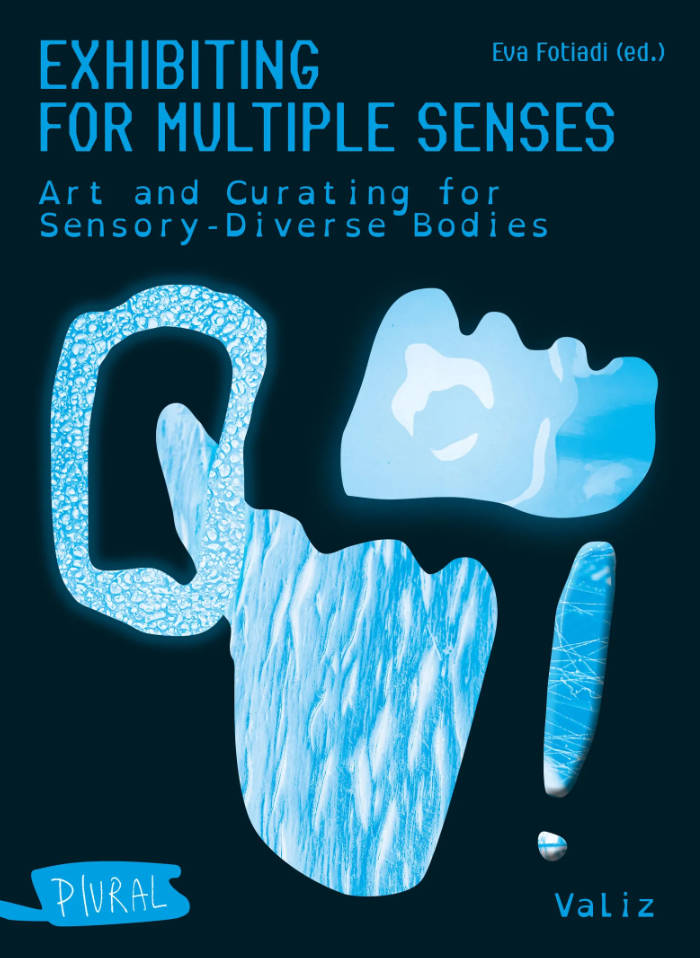
Stories of Wounds and Wonder
This experimental children’s book narrates cross-species practices of survival across the Indonesian archipelago, centring the perspectives of local animals such as endangered monkeys, cosmopolitan rats, migrant sparrows and fugitive dogs. Written in the form of a play, its six episodes ground the readers in the animals’ struggles and aspirations as they go about their daily lives and face the consequences of postcolonial erasure, ecological destruction and capitalist expansion. While the stories unfold, their interconnected existences become an archive of uncertainties, where the fate of many different creatures, humans included, is inseparable from each other.
As a script for intergenerational transmission, the book thoughtfully combines dialogues, songs and drawings, with contextualising essays and extensive notations. Through these different modes of reading, children and adults alike will learn about cross-species solidarity and rebellious movements, but also about disappearing Indigenous cosmologies, and the brave women who wove cloths around the mountains in eco-political resistance.
Language: English







